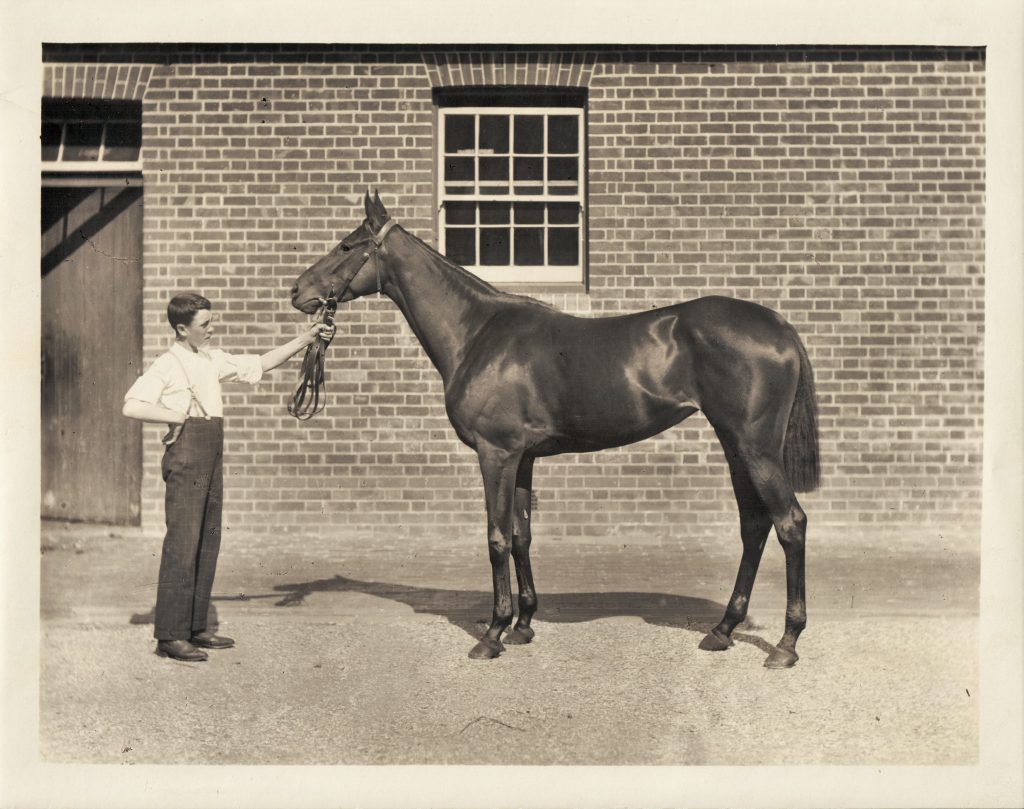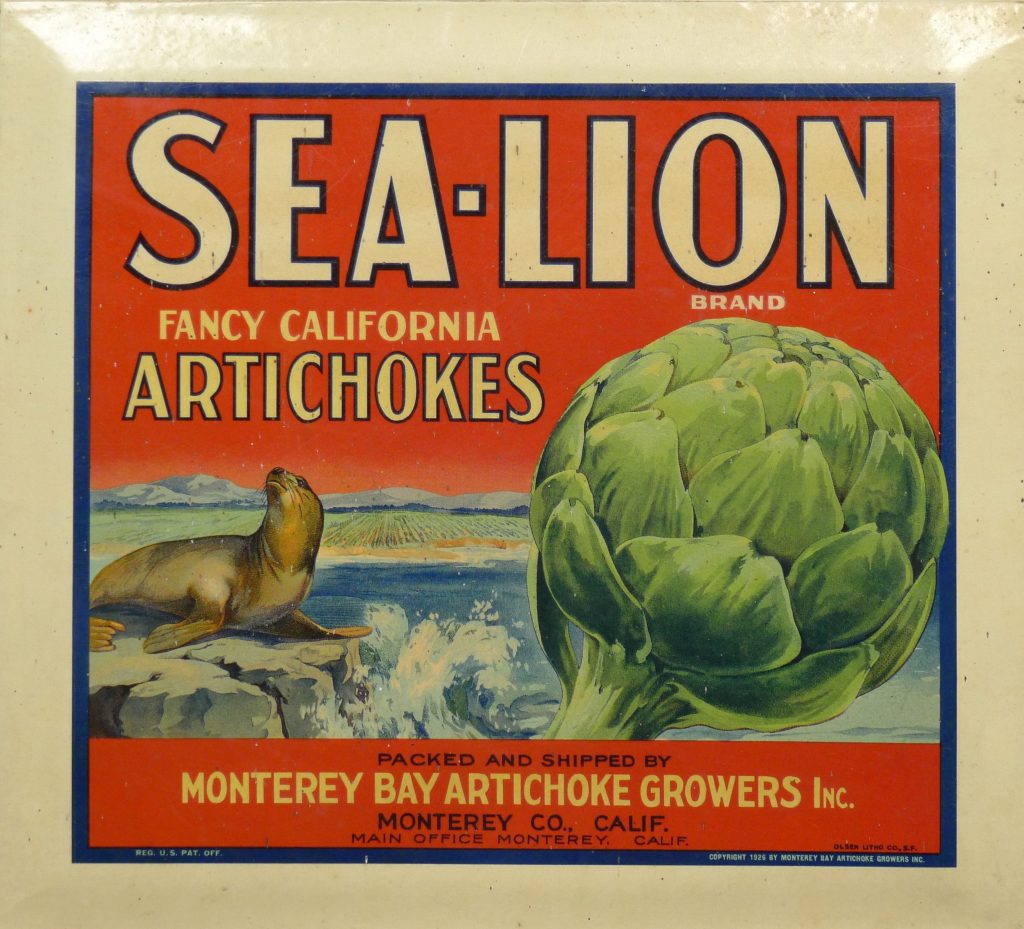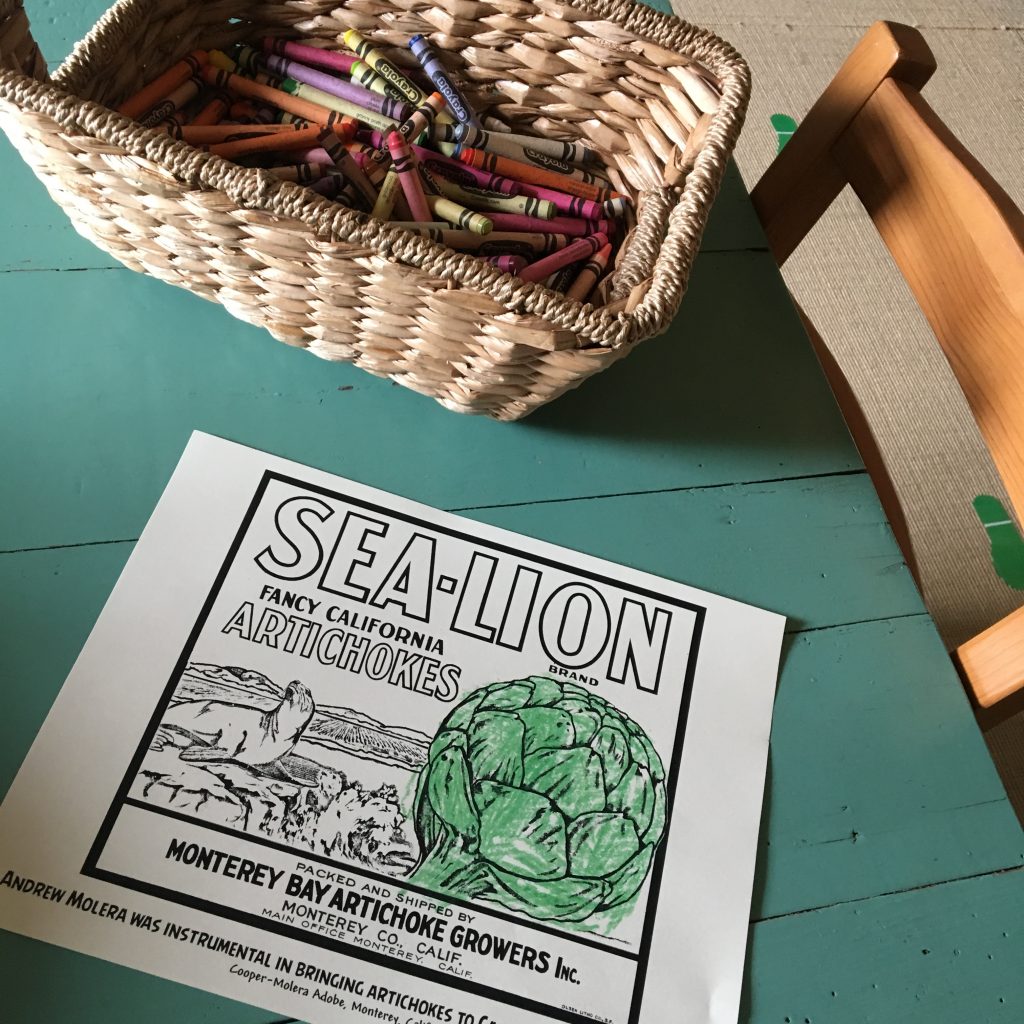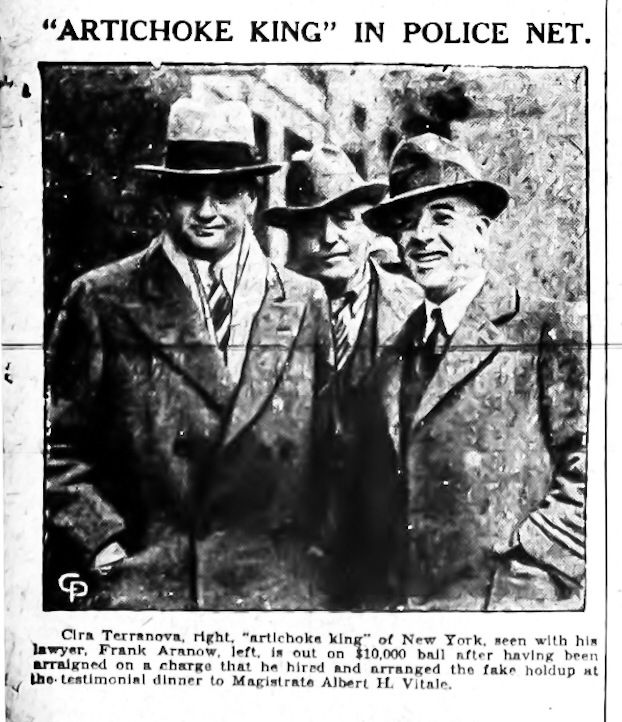An online history exhibit presented by the Cooper-Molera Adobe and the National Trust for Historic Preservation
Written by Meg Clovis
Andrew Jose Molera
Biography

Andrew Jose or “AJ” Molera was the son of Guadalupe Amelia Cooper and Eusebio Molera, born in August of 1877. As a child, he attended the Urban School in San Francisco and attended UC Berkley, class of 1899, studied agricultural science, and was center on the varsity football team. He was 6’2” and weighed 400lbs. He introduced the raising of artichokes on the Cooper family lands surrounding Castroville, CA.




Andrew had an office in Salinas where he ran his artichoke business and helped manage the Cooper family ranches. He used the Cooper Adobe occasionally, especially for parties. His foreman recollects that Andrew loved parties and hosted events at the adobe and Sur Ranch, but the place would be a wreck afterward. As the adobe become more run-down, and because there was no heating system, Andrew hired a caretaker to keep an eye on the Cooper Molera Adobe property.
In 1922, Andrew leased his family’s land in the Salinas Valley to several farmers who had immigrated from Italy and he encouraged them to grow artichokes, which are native to the Mediterranean and had been successfully cultivated in Italy since the 15th century, because he thought they could command a higher price than the sugar beets that had been previously grown on the land.

Eventually, Molera founded the Monterey Bay Artichoke Growers Inc., a cooperative that marketed his tenants’ produce under the Sea Lion Brand. From 1925 to 1930, Sea Lion artichokes were shipped by rail to Philadelphia, New York, Detroit, New Orleans, and Chicago, firmly establishing the artichoke as a part of the American diet and a lucrative from in the Salinas Valley. Today, 90% of all artichokes grown in the United States are grown in the Salinas Valley and much of their cultivation has been and continues to be done by immigrants.
Andrew was known as a bon vivant that loved fast horses and good parties. He owned many racehorses and bred a variety of dogs and exotic chickens. He managed his family’s many ranch lands and died in 1931 from a sudden heart attack at age 54.
Growing Artichokes
Andrew Molera’s Artichoke Launch: A Man with a big plan
Andrew Molera had a problem. For over thirty years the Spreckels Sugar Company had leased his family’s entire Moro Cojo Ranch, but falling sugar prices meant the company wanted a drop in rent. Molera, who was the grandson of John and Encarnacion Cooper had assumed management of the family’s land interests in 1919, and now he had to find a new renter for his misty ranch at the ocean’s edge

Up to this point, the Molera family was not directly involved with the management of their landholdings, they were content to collect rent and renegotiate lease terms every five years. Those days were over. It was going to take some know-how and ingenuity to keep the family’s interests in the black and Andrew knew it was time to get his hands dirty.
Andrew Molera was no stranger to testing new ideas or taking a gamble. He was known for breeding champion dogs at his El Sur Kennels. He bet on the horses at the Del Monte Race Track and ran his own thoroughbreds at race tracks outside of San Francisco. He kept fancy chickens and peacocks at the Cooper-Molera adobe and on his Big Sur Ranch. So, when it came time to find a new crop for his ranch the out-of-the-ordinary caught his eye and he went full throttle into the fledgling artichoke industry.


The One Acre Experiment: Breaking New Ground on the Moro Cojo
Andrew Molera visited an Italian friend in Half Moon bay and returned home with a radical idea. Artichokes had been growing along the cool San Mateo coast for almost two decades. This land was not much different from his own Moro Cojo property and the appetite for artichokes in the eastern US was growing. In 1921 he brought some artichoke shoots back home and convinced one of his tenant farmers to grow one acre of artichokes near Mulligan Hill. The cool air and rich soul produced a winning crop.

One year later Italian immigrants Angelo Del Chiaro and Edigio Maracci drove past that artichoke field-and liked what they saw. They tracked Molera down at his Salinas office and asked to lease some land for artichoke production. Molera was delighted and agreed to lease the 150 acres near Mulligan Hill for $25 an acre.
Molera supported his new tenants by furnishing plants, drilling wells, building sheds, houses, and barns. He studied artichoke culture through European publications and consulted famed botanist Luther Burbank, who developed the Santa Rosa artichoke. He taught his tenants how to grow artichokes and even made introductions at local banks for those who needed a loan.

Coffins ride the rails: Packing, Shipping, and Selling ‘Chokes
Artichokes were not an everyday dish on American dinner tables when Andrew Molera decided to grow them. Yet pocket markets were thriving wherever there were large immigrant communities, like in New York, Chicago, and Philadelphia. Artichokes were imported from France until WWl, which halted the shipments-but the demand was still there. Andrew Molera had the land, and the know-how, he just had to get the artichokes to market. Artichokes were packed into large, oblong wooden boxes nicknamed “coffins”. At first, the produce was kept fresh by covering the top of the “coffin” with artichoke leaves. Later crops were blanketed with ice or even shipped in refrigerated cars.

Molera founded the Monterey Bay Artichoke Growers Incorporated, a cooperative that marketed his tenant’s artichokes under the Sea Lion brand. He contracted with shippers who handled the produce on consignment. Tenants took their “coffins” to Del Monte Station for shipment. Upon arrival in eastern cities, about half the shipment was distributed through retail groceries and the other half was sold through pushcart vendors, especially in New York.


Molera’s label branded his produce, but a larger effort was needed if artichokes were to become a household word. In 1923 growers banded together for a massive marketing campaign. Artichoke displays in grocery stores, cooking demonstrations, and distributing recipes did the trick. Their efforts paid off and in one-year artichoke sales jumped over 400%.
Artichoke Mob Connections

Ciro Whitey Terranova was a mob boss known as the Artichoke King. He built a monopoly on artichoke sales in New York by threatening artichoke wholesalers. The mob bought artichokes for $6 a crate and then resold them at a 30-40% profit. They even took the fight into California’s artichoke fields, offering growers a non-negotiable price, To stop violence, Mayor La Guardia banned the sale of artichokes in New York and eventually, the mob capitulated.

This information and more is on display in our Artichoke Room in the Cooper-Molera Adobe. Thanks for reading! Check us out online at the links below for more history on the Cooper-Molera Adobe.



